12 Native Vines to Grow for a Pollinator-Friendly Garden
Looking to attract more pollinators to your garden? Native vining plants are a fantastic way to bring bees, butterflies, and hummingbirds to your outdoor space. Not only do they add beauty and coverage, but these plants also provide a valuable food source for beneficial insects. Whether you’re covering a fence, trellis, or adding a vertical element to your garden, these vines are perfect for creating a pollinator-friendly oasis in your backyard.
This post may contain affiliate links, which helps keep this content free. Please read our disclosure for more info.
Coral Honeysuckle (Lonicera sempervirens)
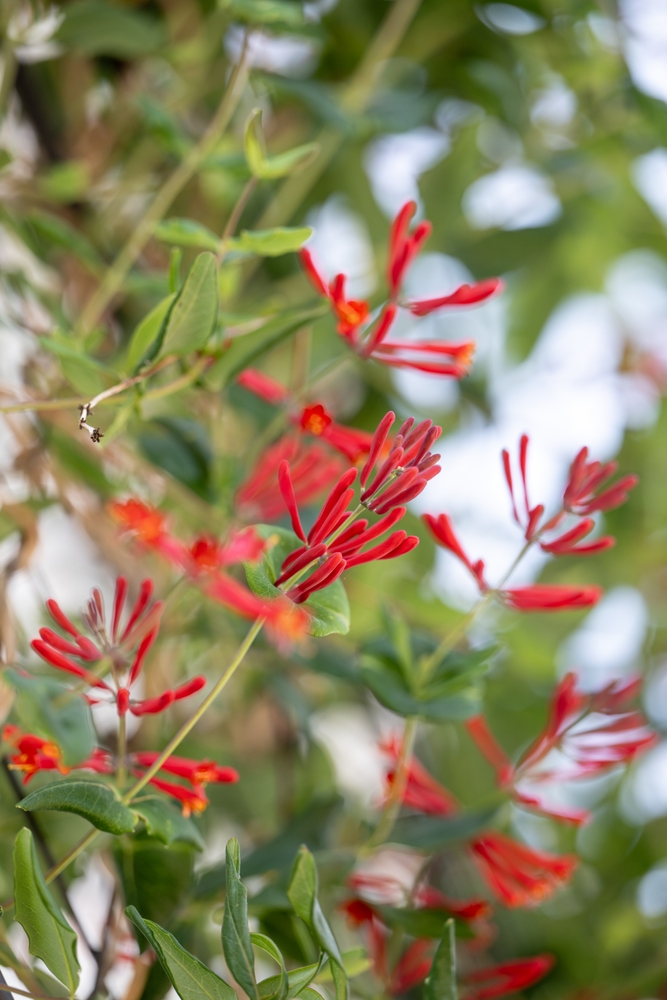
Coral Honeysuckle is a stunning vine known for its vibrant, tubular red or orange flowers. These blossoms are highly attractive to hummingbirds, which are drawn to their shape and rich nectar content. As a native plant, Coral Honeysuckle thrives in a variety of soil types and is relatively low-maintenance, making it an excellent choice for gardens. In addition to hummingbirds, its flowers also provide nectar for bees and butterflies, enhancing your garden’s biodiversity.
This vine can be trained to climb trellises, fences, or arbors, offering a colorful and natural way to attract pollinators to your space. With its ability to grow in full sun to partial shade, Coral Honeysuckle will bloom from spring through summer, providing a continuous source of food for beneficial insects. Its dense growth also serves as a natural cover for wildlife, making it a multi-purpose addition to any garden.
Coral Vine (Antigonon leptopus)
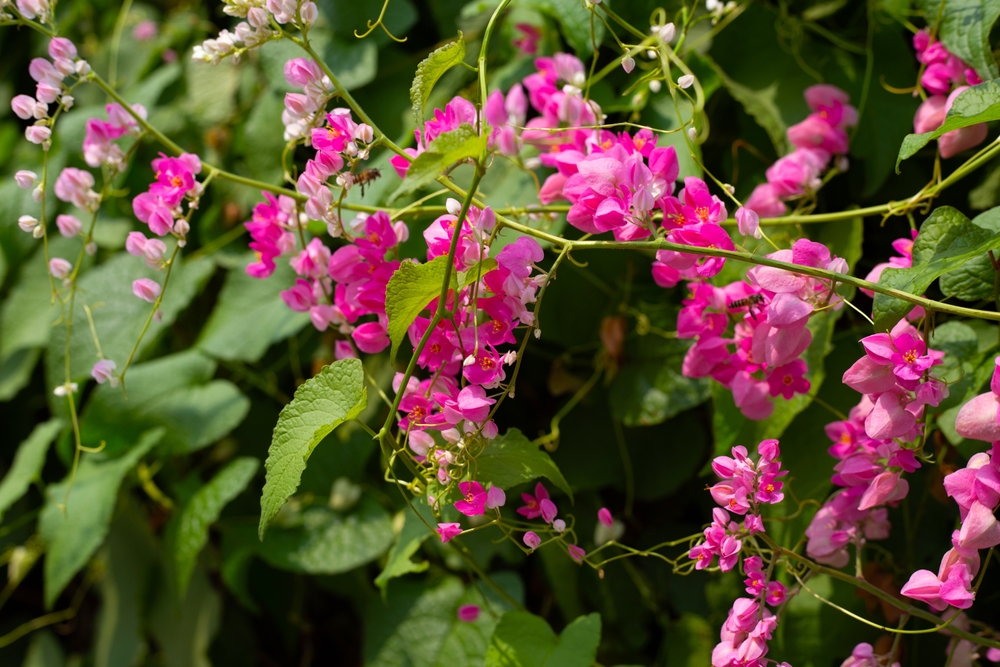
Coral Vine, also known as Queen’s Wreath, is a beautiful vining plant that produces vibrant pink flowers that resemble clusters of small, delicate blooms. This plant attracts a variety of pollinators, including hummingbirds, butterflies, and bees. It is especially prized for its long blooming period, which typically lasts throughout the summer and into the fall, providing a steady supply of nectar.
The rapid-growing nature of Coral Vine makes it ideal for covering fences, arbors, or walls, and it can quickly create a lush, colorful backdrop in your garden. Although it is somewhat aggressive in its growth, Coral Vine can be easily managed with regular pruning. Its ability to thrive in a variety of climates makes it a versatile option for gardeners looking to attract pollinators while adding beauty to their outdoor spaces.
Virginia Creeper (Parthenocissus quinquefolia)
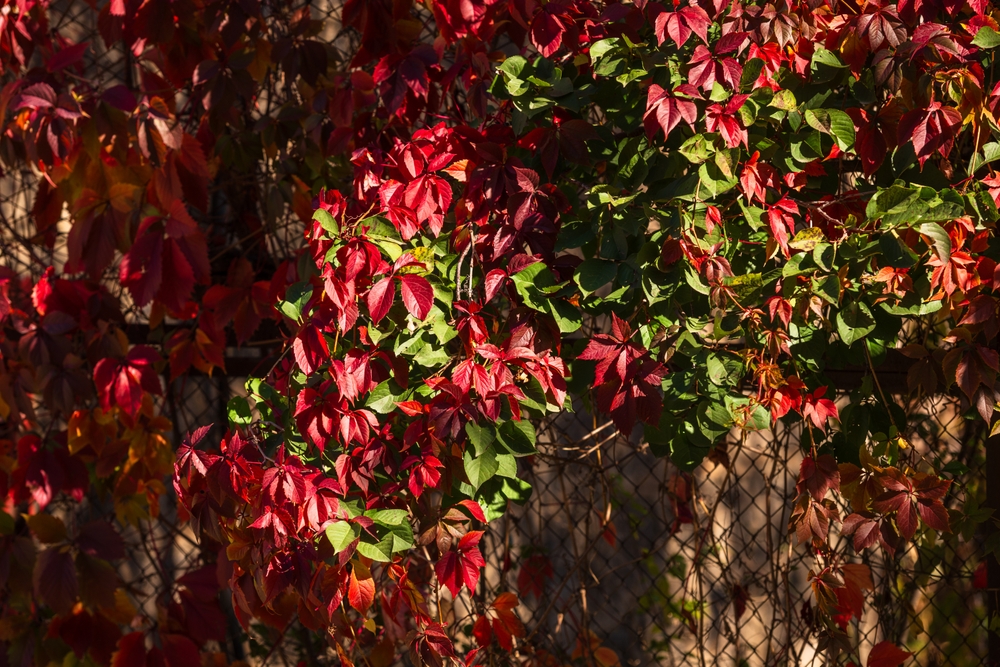
Virginia Creeper is a fast-growing vine that offers rich, green foliage throughout the spring and summer, turning bright red in the fall. It’s a favorite among birds and insects, especially for the small flowers it produces that attract bees and butterflies. As a native plant, Virginia Creeper is well-suited to a variety of growing conditions, from sun to shade, making it a perfect addition to your garden or natural landscape.
This vine can grow up to 50 feet in length, providing a perfect cover for trellises, walls, or even as a ground cover to attract pollinators. Its fruit is also a food source for birds, further supporting local wildlife. The Virginia Creeper’s dense growth serves as a great habitat for pollinators, helping to boost biodiversity in your garden.
Trumpet Vine (Campsis radicans)
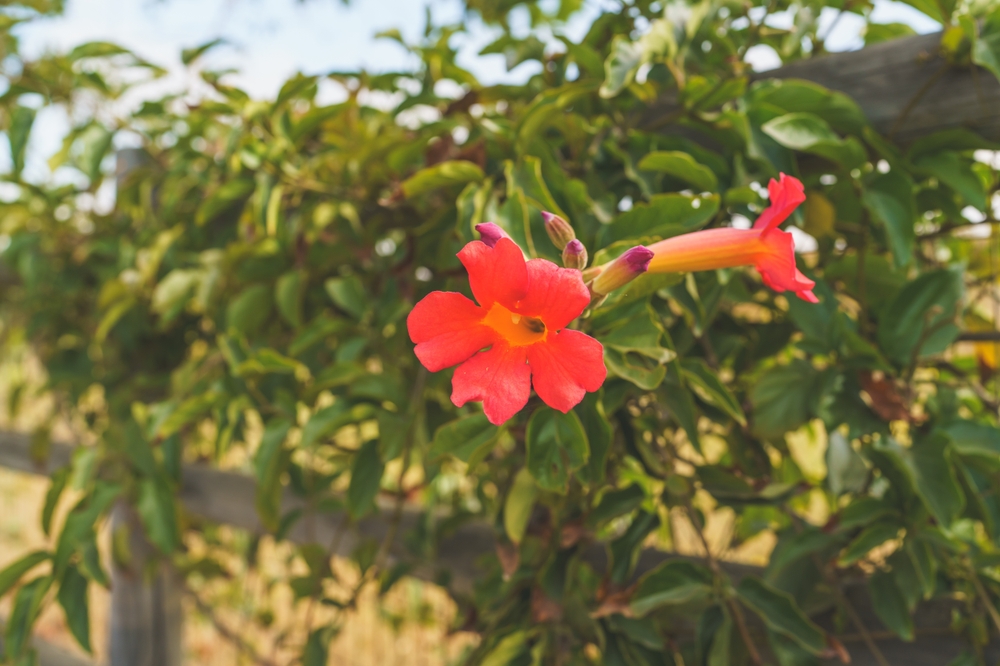
Trumpet Vine is a dramatic vine that produces large, trumpet-shaped flowers in shades of orange, red, or yellow. These flowers are irresistible to hummingbirds and bees, which feed on the abundant nectar they provide. Trumpet Vine is a vigorous grower, making it an excellent choice for adding height and color to garden trellises or fences.
In addition to its pollinator-friendly blooms, the dense foliage of Trumpet Vine can also provide shelter for small birds. It is a hardy vine that can tolerate a variety of soil conditions, though it thrives in well-drained, sunny spots. Trumpet Vine is known for its ability to attract not just hummingbirds, but also bees and butterflies, helping to create a dynamic and lively garden environment.
Clematis (Clematis spp.)
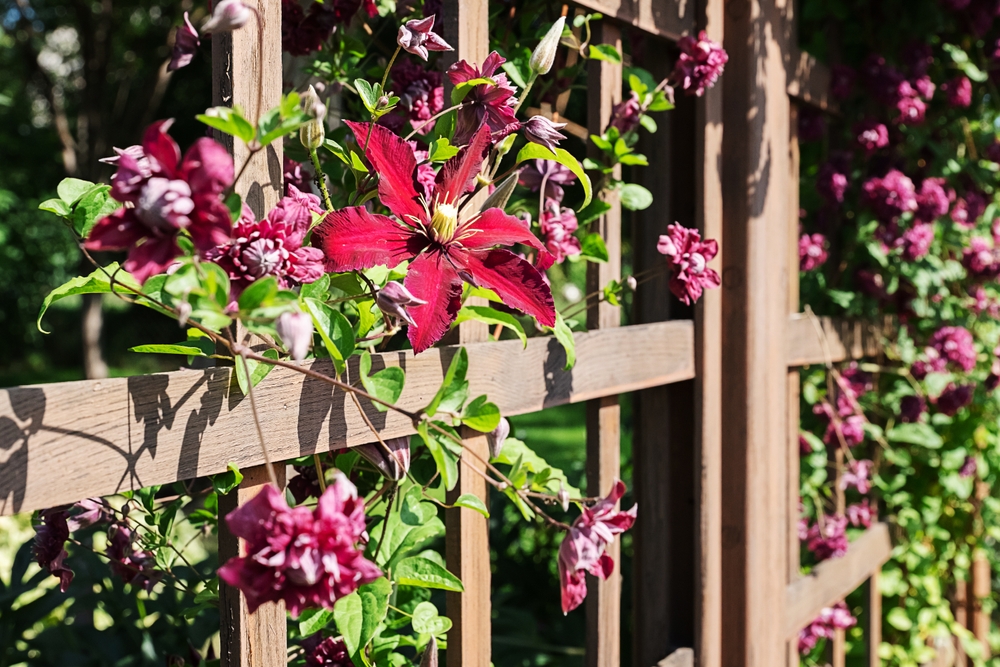
Clematis is a beloved flowering vine with a wide variety of species that produce large, showy flowers in shades ranging from purple to white to pink. Many species of Clematis are native to North America and are highly attractive to pollinators, including bees and butterflies. The rich nectar provided by Clematis flowers is a welcome treat for these insects during the spring and summer months.
Clematis vines are versatile and can grow in full sun or partial shade, though they generally prefer well-drained, slightly alkaline soil. Their sprawling growth habit makes them ideal for climbing fences, arbors, and pergolas, while their beautiful blooms add a touch of elegance to any garden. Whether you are looking to create a vertical garden or add color to an existing landscape, Clematis is an excellent choice for attracting beneficial pollinators.
Passionflower (Passiflora spp.)
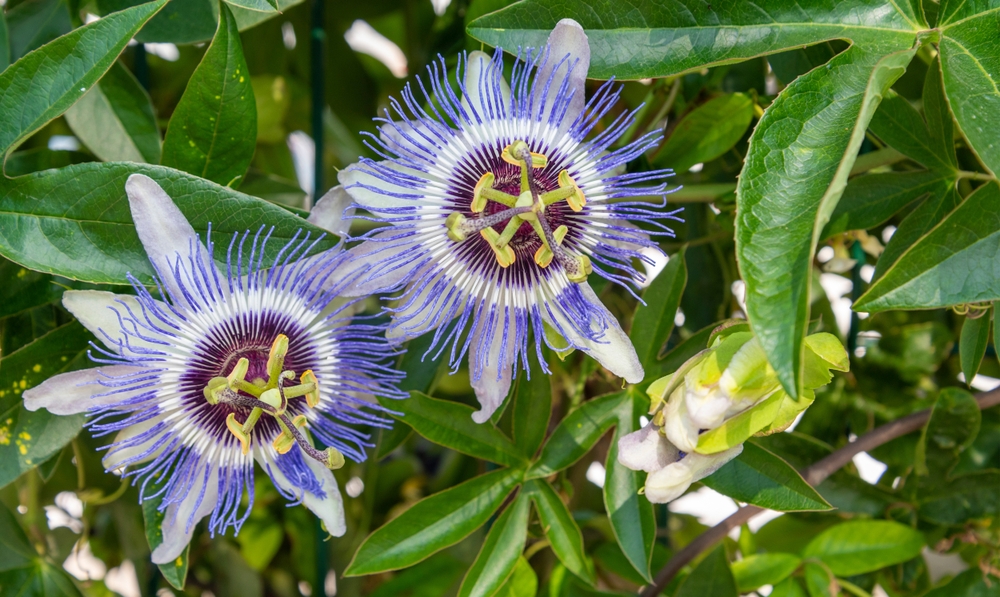
Passionflower is a unique and beautiful vine that produces intricate, multi-colored flowers that are highly attractive to bees, butterflies, and hummingbirds. The exotic blooms of Passionflower provide both nectar and pollen, making them a valuable food source for pollinators. This vine is perfect for growing on trellises or fences, where its unique flowers can be admired up close.
In addition to its striking flowers, Passionflower is known for its distinctive fruit, which is edible and loved by wildlife. Passionflower vines grow best in full sun and well-drained soil, though they can tolerate some shade. Their ability to quickly cover structures while providing food for pollinators and wildlife makes them a great addition to any garden or yard.
Creeping Jenny (Lysimachia nummularia)
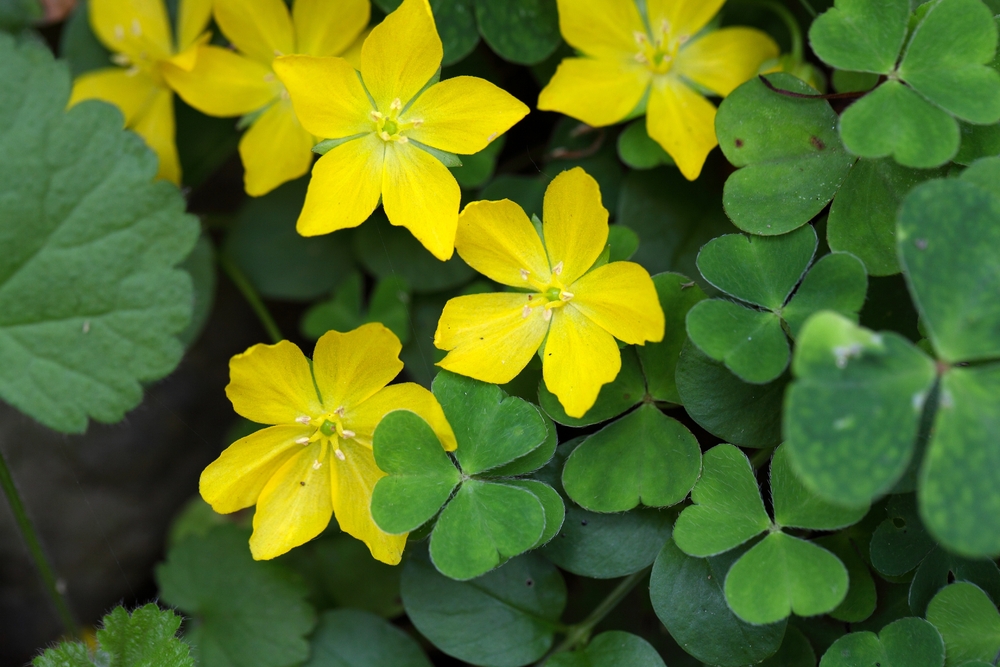
Creeping Jenny is a low-growing, spreading vine that produces tiny, yellow flowers in late spring and early summer. Although less showy than some of the larger flowering vines, Creeping Jenny attracts beneficial pollinators like bees and butterflies with its sweet-smelling blooms. Its ability to thrive in both sun and shade makes it a versatile choice for ground cover or as a trailing plant in hanging baskets.
This native plant is an excellent choice for adding color to the base of trellises or containers, where its creeping growth habit will spill over and create a natural, pollinator-friendly effect. Creeping Jenny is also a great option for erosion control, helping to stabilize soil in gardens or on slopes. Its low-maintenance nature and adaptability make it a favorite among gardeners seeking to attract pollinators while keeping their garden vibrant.
Sweet Pea (Lathyrus latifolius)
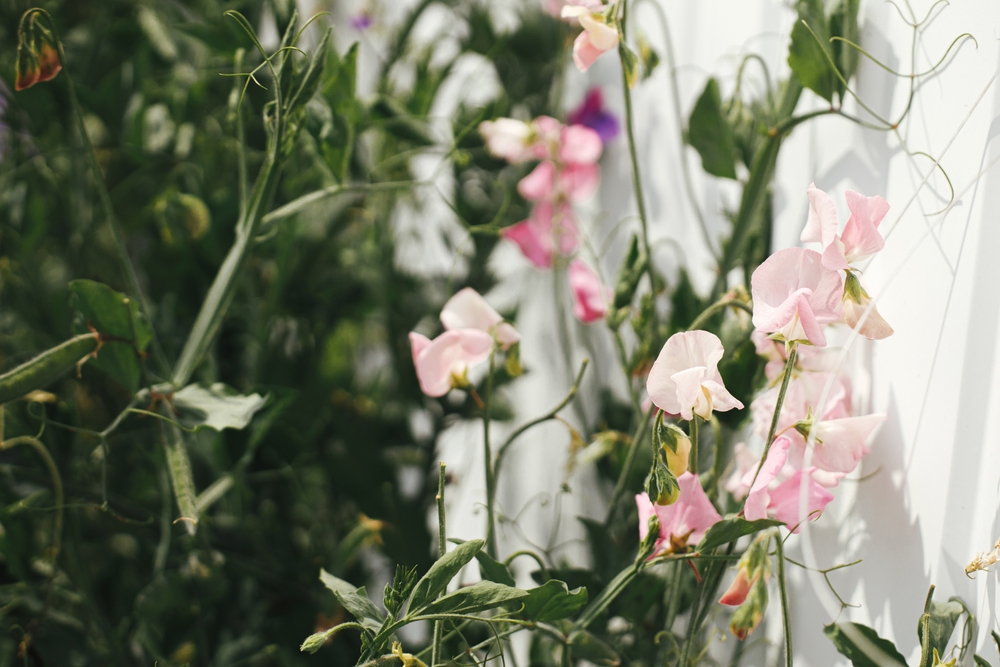
Sweet Pea is a climbing vine known for its fragrant, colorful flowers that range from white to pink to deep purple. These flowers are a magnet for bees and butterflies, who are attracted to the plant’s sweet scent and rich nectar. Sweet Pea vines are perfect for trellises, fences, or even hanging baskets, where their climbing habit and abundant flowers can be enjoyed.
Sweet Peas are hardy and easy to grow in most soil types, though they thrive best in well-drained, slightly alkaline soil. These plants bloom from early spring to summer, providing a long season of nectar for pollinators. The cheerful blooms of Sweet Pea not only brighten up your garden but also help support local insect populations.
Wisteria (Wisteria spp.)
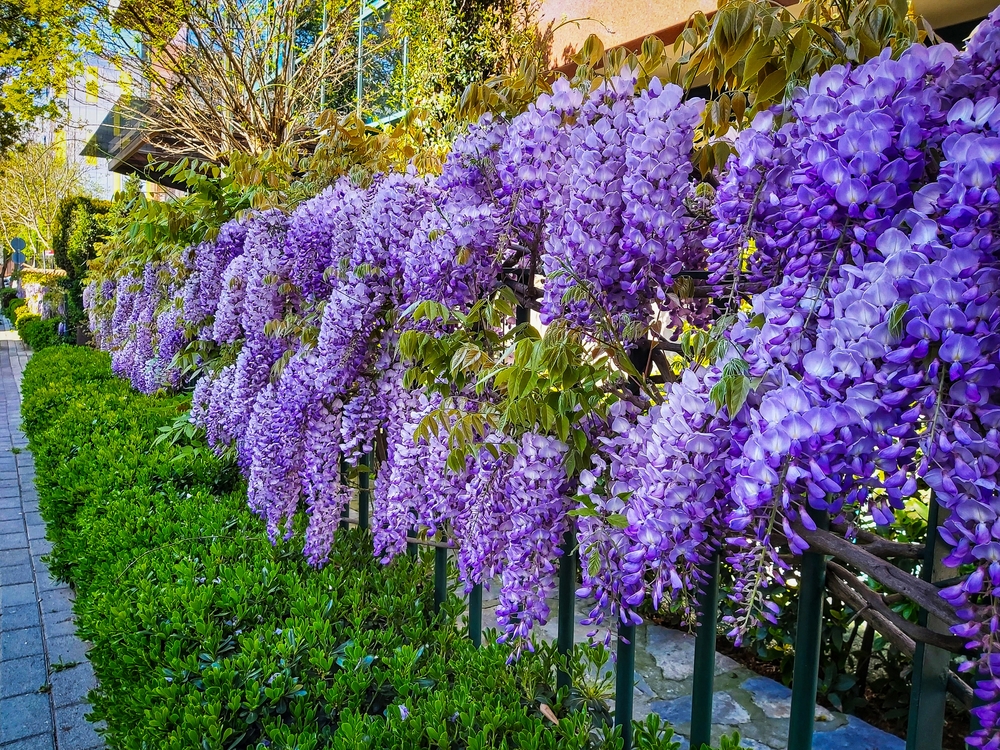
Wisteria is a stunning vine known for its cascading clusters of fragrant purple or blue flowers that bloom in late spring. These flowers attract a variety of pollinators, especially bees and butterflies, who enjoy feeding on the nectar. Wisteria vines are ideal for creating a dramatic effect on trellises, pergolas, or garden arbors, where their long, pendulous blooms can be admired.
While Wisteria requires a bit of patience to establish, it rewards gardeners with years of beautiful, fragrant blooms. It thrives in full sun and well-drained soil and is relatively low-maintenance once established. The plant’s vigorous growth and attractive flowers make it an excellent choice for gardeners who want to attract pollinators while adding an elegant touch to their outdoor spaces.
Morning Glory (Ipomoea spp.)
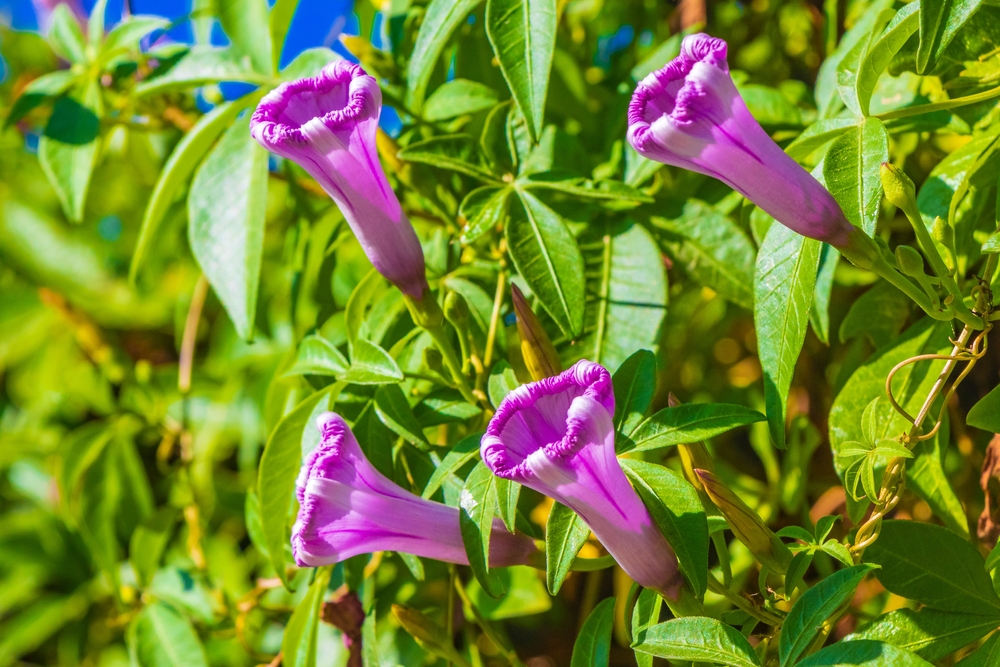
Morning Glory is a fast-growing vine that produces vibrant, funnel-shaped flowers in a variety of colors, including purple, pink, and blue. These blooms are especially attractive to bees and butterflies, who enjoy the nectar they provide. Morning Glory vines are ideal for quickly covering fences, trellises, or garden structures with their sprawling growth.
This vine thrives in full sun and well-drained soil, making it an easy-to-grow option for many garden styles. Morning Glory flowers open in the morning and close by afternoon, providing a daily show for pollinators. With its rapid growth and colorful flowers, Morning Glory is a great addition to any garden that aims to attract beneficial pollinators.
Clematis Virginiana (Clematis virginiana)
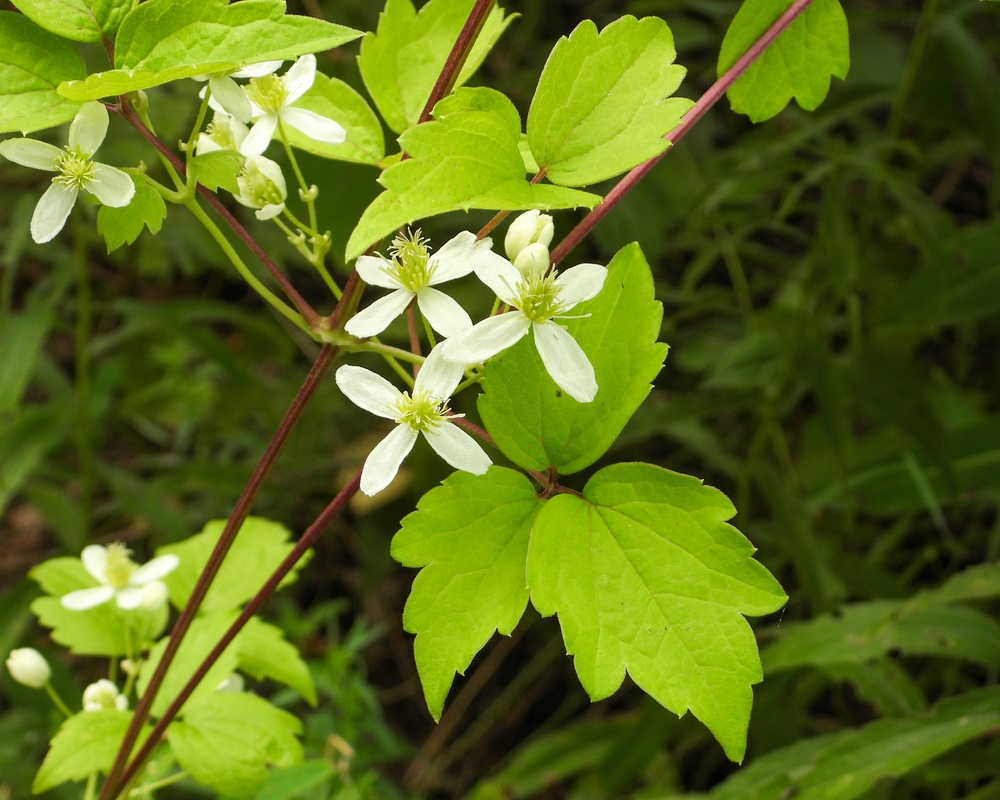
Clematis Virginiana is a native vine known for its delicate, creamy white flowers that bloom in late summer and early fall. These flowers attract a variety of pollinators, including bees and butterflies, with their rich nectar. The vine’s ability to thrive in both sun and partial shade makes it a versatile addition to many garden settings.
This Clematis variety grows best in well-drained soil and prefers a sunny location. As a fast-growing vine, it can quickly cover structures like fences or trellises, adding a soft, natural element to your landscape. Its long bloom period also ensures that your garden has a steady supply of nectar for pollinators.
Hops (Humulus lupulus)
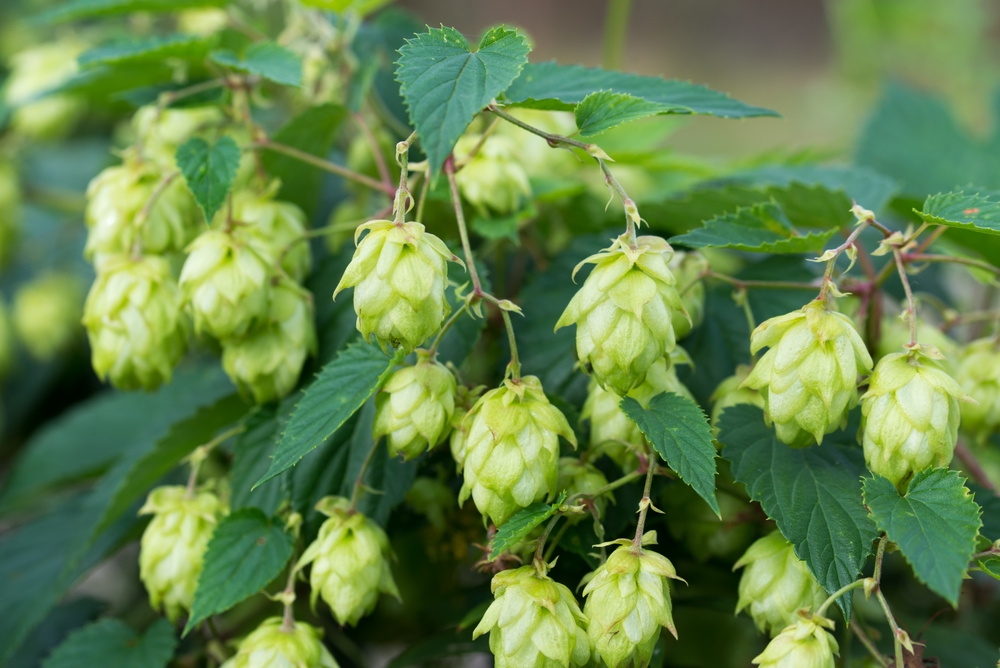
Hops is a vigorous vine that produces cone-shaped flowers that are loved by bees and other pollinators. While often associated with beer production, Hops is also an excellent plant for attracting beneficial insects to your garden. The plant thrives in full sun and well-drained soil, and its rapid growth makes it perfect for covering structures like fences or trellises.
In addition to its pollinator benefits, Hops produces unique flowers that add texture and interest to the garden. The plant’s ability to quickly climb and spread makes it ideal for creating a vertical garden or adding greenery to an outdoor space. Its role in supporting local pollinators helps boost garden biodiversity.
This article originally appeared on Avocadu.
